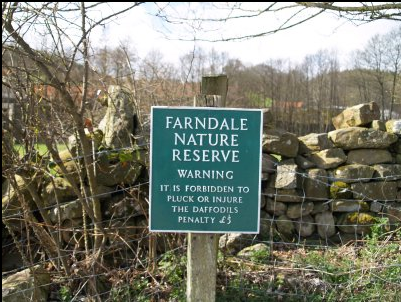Lowna Mill goes ‘green’ and cuts carbon footprint with a giant water wheel!
Lowna has been in the same family since as far back as 1790 as a farm, mill and a tannery. During the first World War it stopped being used as a tannery and it reverted to its previous use as a small mill and hill farm where a large water wheel generated the electricity. In 2006 the owners decided to renovate the farmhouse at Lowna to bring it into the 21st Century! Work was last carried out on the farmhouse in the early 60’s so as you can imagine it was in desperate need of modernisation as it was a lovely old but very cold house, and took a lot of energy to only partially heat it.

The old water wheel was used to grind corn, drive machinery and move hides around – even generate its own electricity before the National Grid arrived in 1952. It had always been an ambition to replace the old water wheel which was in place for two hundred years, using the old infrastructure already in place.

With grant aid from the North York Moors National Park Sustainable Development Fund a new water wheel generating all the electricity for the farm, farmhouse and two cottages was installed. With an available head of 2m and a capacity of 305l/s the new water wheel was designed and installed by Mannpower Consulting Ltd specialists in hydropower turbines. With a diameter of 4400mm and a maximum output of 2.6kW the annual output is estimated to be 15,968kWh and an annual CO2 saving of 7 tonnes. Excess electricity is sold to the National grid. The water wheel generates the electricity for the two cottages and the farmhouse with excess being sold to the national grid.

The two barn-conversion holiday cottages had been renovated in previous years, with their heat retaining insulation and double glazing, the owners realised that the farm house had to be tackled from the bottom up! Local craftsmen were employed to carry out the work beginning with the demolition of an old extension to the rear of the dwelling. The old stone and a lot of the other existing original materials were reused within the building of the new structure.

Making the building as energy efficient as possible was a priority for the owners. Having spent years in the old structure with soaring energy bills they realised that now was the time to go as ‘green’ as they possibly could. All the new windows were double-glazed and a new plumbing system was installed using an efficient boiler and condensing water cylinder which used much smaller amounts of energy to retain and move hot water around. Dual-flushing toilets that use less water and a new electrical system and low-energy fittings were installed and energy-efficient A-rated electrical appliances were bought.
Both cottages and the farmhouse have had huge investment in energy saving insulation. At least 60% of the lighting in the farmhouse uses low-energy bulbs and as lamps and fittings are replaced in the cottages they are being converted to low-energy alternatives. All products and services are sourced locally and there is a policy of encouraging guests to use the local transport or walk and leave their car behind, energy efficiency, recycling and reusing is implemented wherever possible.

Visitors are encouraged to walk and enjoy the fabulous daffodil walk at Farndale. The beautiful valley of Farndale lies at the heart of the North York Moors. Each spring, its glorious daffodils put on one of nature’s most spectacular shows – a dazzling display of colour that carpets the meadows and river banks along a seven-mile stretch of the River Dove. The petite wild daffodil (Narcissus pseudonarcissus) is one of the native plants and is protected within the Farndale Local Nature Reserve, established in 1955 to safeguard the valley’s famous flowers.
Are you the owner of an old mill or mill site that had or still has an existing water wheel? Would you like to generate your own electricity and live a more sustainable lifestyle? Why wait any longer, contact us today and we’ll help you on the road to a ‘green’ future.








